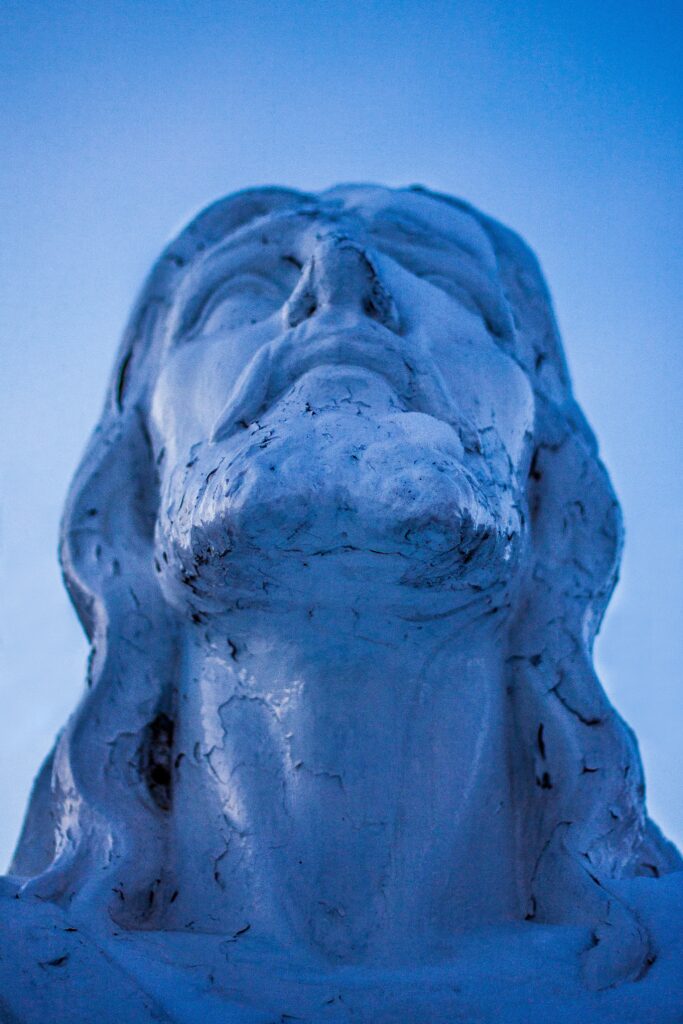
In the culture of the Old Testament, normally people were considered clean, unless they came into contact with the unclean, such as by touching a dead body.
(Various bible translations use “Holy” and “Clean” for the same word; and “Unholy” and “Unclean” for another word. For me, “Holy” is more powerful; and “Clean” is more clear. Which words do you prefer?)
There is an important key principle here: the Unclean is more contagious than the Clean.
There is an important and parallel principle: When the Unclean came into contact with the Holy of Holies, the Unclean became Clean.
This is a ceremonial lesson about Jesus: who is the Holy of Holies and who makes clean whatever he comes into contact with.
So there is another important key principle here: the Holy of Holies is more contagious than the Unclean.
Which has important implications in healing and other ministry.
Jesus, his Anointing, and the Holy of Holies are a great context for ministry, such as preaching the Good News of the Kingdom of God, healing the sick or freeing the bound.
The Holy of Holies is a model of Jesus, who makes everything clean, who makes us whole, and who heals who has set us free. Jesus has overcome the world!